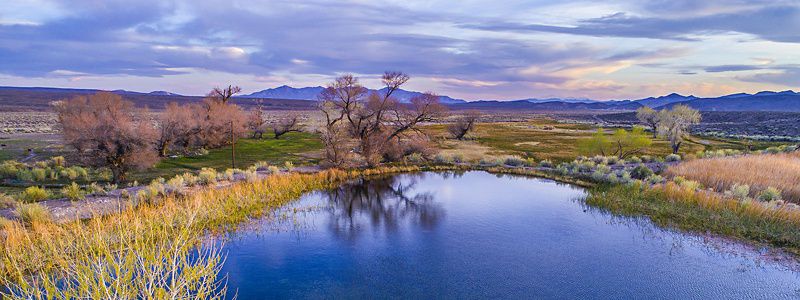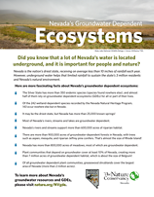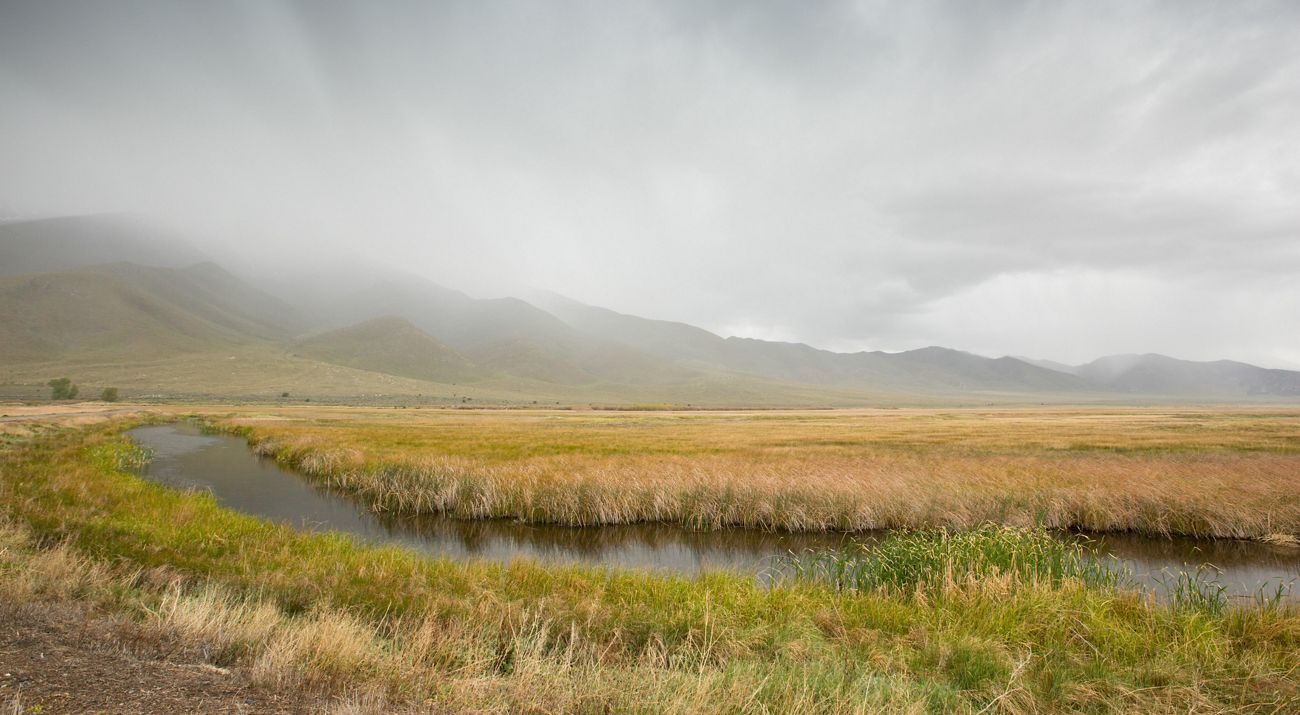
Groundwater: Nevada’s Hidden Resource
Tools and resources share the importance of the state’s groundwater for future generations of people and nature.
With an average of less than 10 inches of rainfall each year, Nevada is the nation’s driest state. However, underground water supplements rainfall to enable incredible biodiversity in Nevada. The Silver State has the 11th highest biodiversity in the U.S., with more than 300 species found nowhere else in the world.
Here in Nevada and around the world, groundwater is a precious resource, as it supports our ecosystems and communities. Most of the world's liquid freshwater is groundwater, which supports clean drinking water, farming, ecosystems, industries and more, and is essential for helping us adapt to climate change. Learn about the importance of Nevada's groundwater-dependent ecosystems and how they support the state's incredible biodiversity.
Nevada's Groundwater-Dependent Ecosystems (GDEs)
-
>40%
of Nevada's 300+ endemic species rely on GDEs
-
2M
acres of Nevada (3% of the state) is wetlands
-
600,000
acres of habitat are supported by Nevada's rivers & streams
-
>25,000
springs are found in Nevada
Why Groundwater Matters
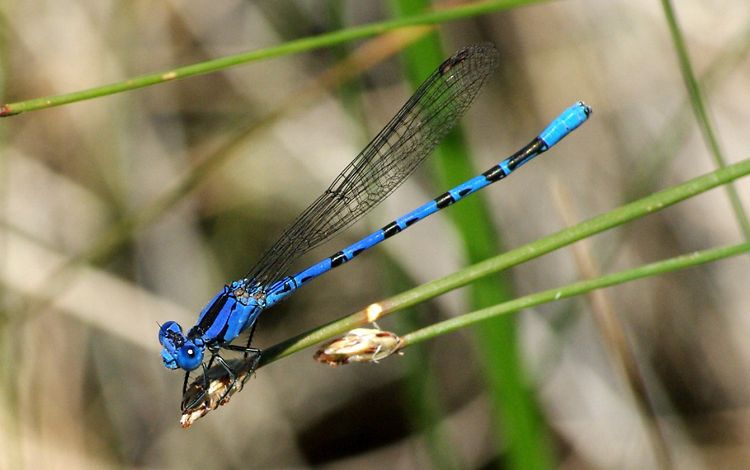
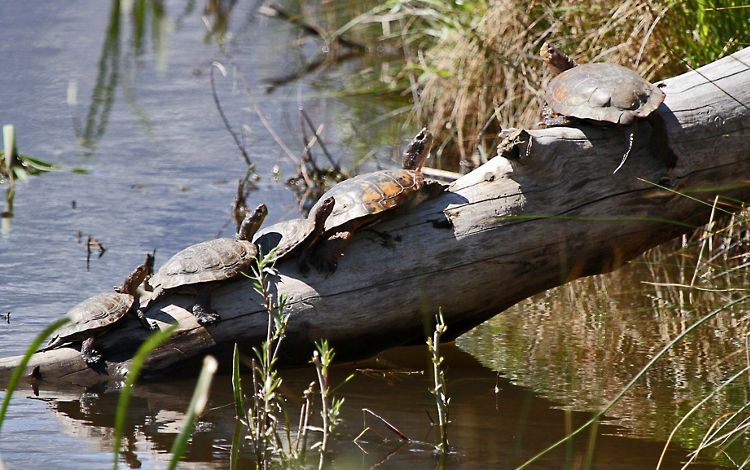
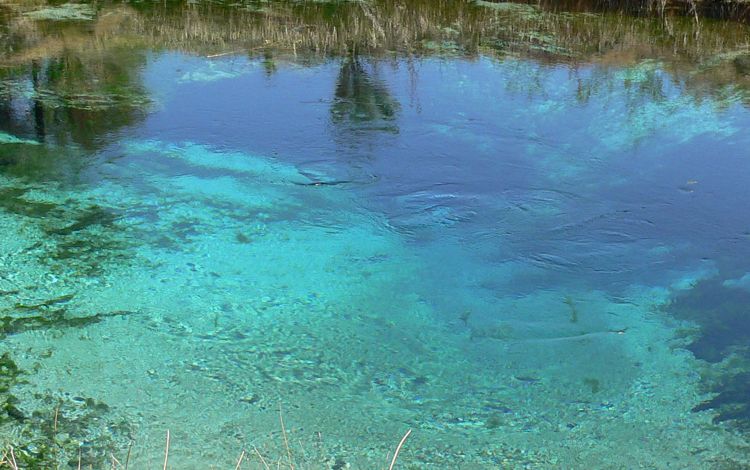

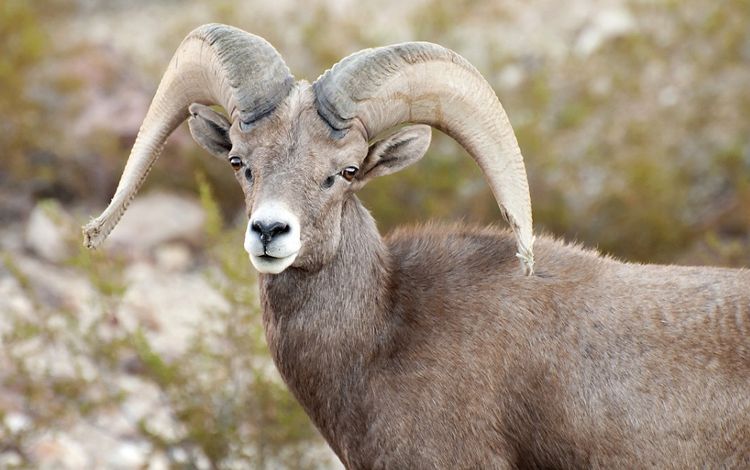
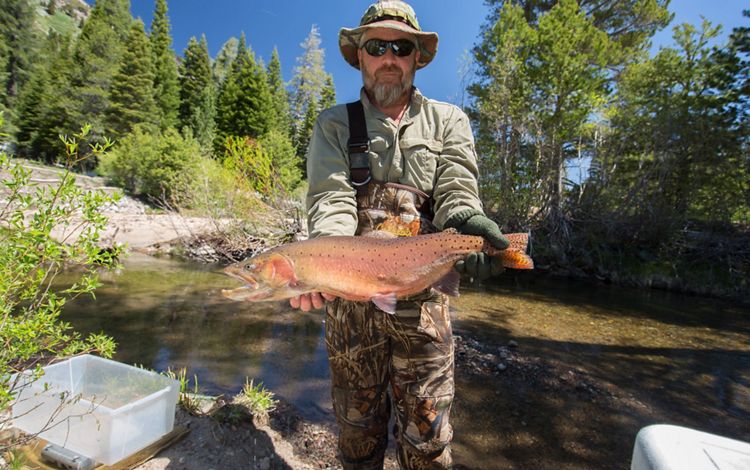
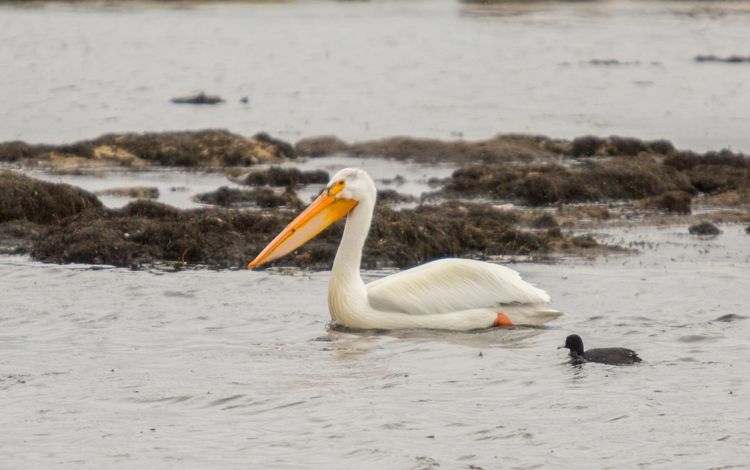

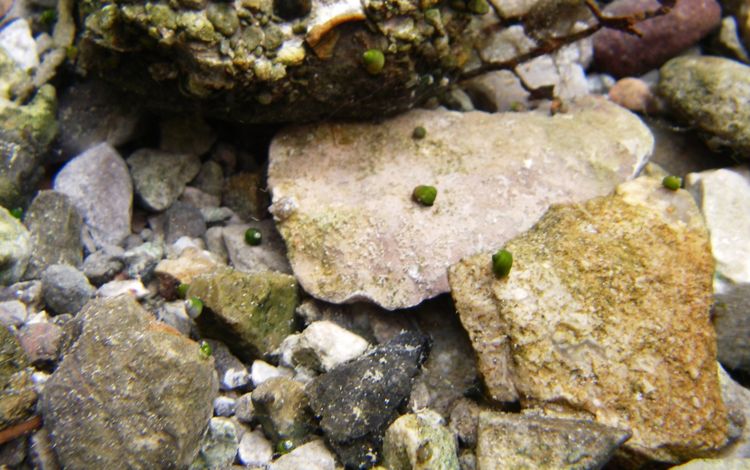
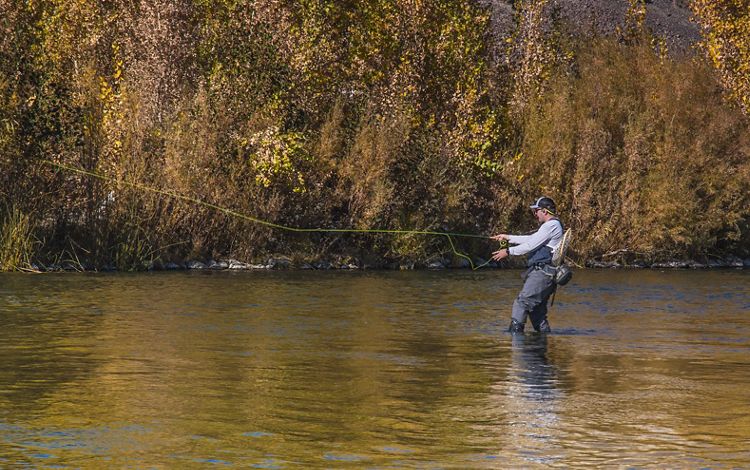
Groundwater-Dependent Ecosystems
The precious underground water resources in the Silver State are increasingly being tapped, with more than a third of the thousands of groundwater wells in Nevada having significantly declining groundwater levels over past decades. Because surface water is scarce, many of Nevada’s native species depend on groundwater-dependent ecosystems (GDEs), which are natural communities that rely on groundwater for all or part of their water needs. GDEs provide important resources for plants and animals and are critical sources of drinking water, recreation and economic benefit for Nevada’s people.
iGDE Story Map and Database
TNC scientists developed the Indicators of Groundwater-Dependent Ecosystems (iGDEs) database, a publicly available electronic resource that reveals critical sources of water hidden below the soil surface in Nevada. The mobile-friendly database is a visual and spatial illustration of the state’s GDEs, their various types, their distinctive features and species dependent on them. Users can click to see examples of GDEs and species, learn definitions of various terms and more. Presented through an interactive, user-friendly story map, the database is intended to provide Nevadans with in-depth, relevant, easy-to-understand facts about where the state’s groundwater dependent ecosystems are located and why they’re important.
-
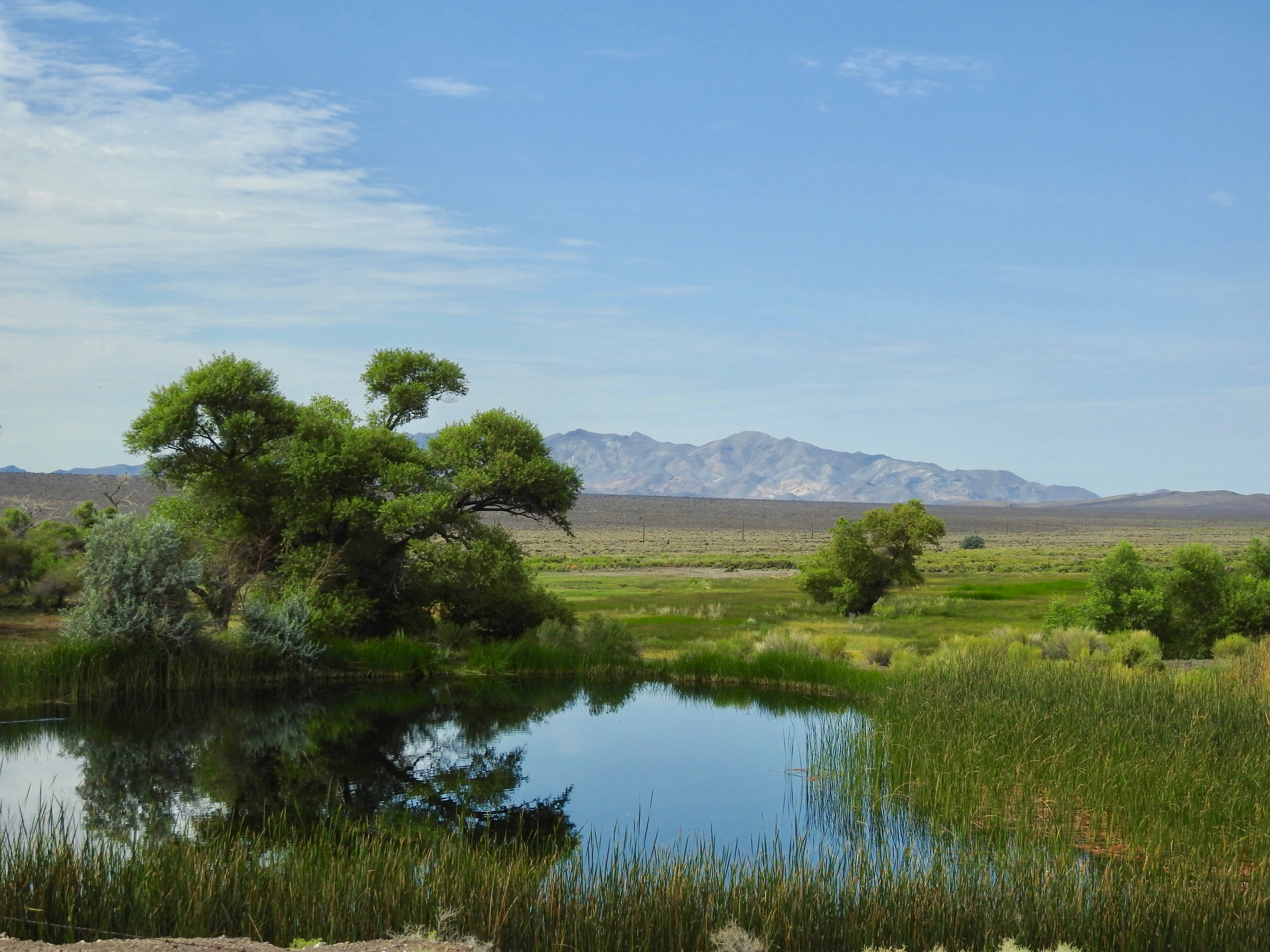
iGDEs Story Map
The Indicators of Groundwater-Dependent Ecosystems (iGDEs) database provides information about Nevada's groundwater resources and the ecosystems they support. Explore
TNC developed the database as part of a mutually beneficial partnership with the Nevada Department of Wildlife that we hope will engage individuals, state agencies and private entities in using the information to improve land- and water-management practices. Inspired by California’s iGDE database, the Nevada iGDE database drew upon the best available data from TNC in Nevada, as well as the LANDFIRE Program, the Desert Research Institute in Reno, the NNHP and the Spring Stewardship Institute's Springs Online resource. This database is the first of its kind to contain extensive Nevada GDE information from all these sources. Data are current as of June 2019.

Assessment of Stressors and Threats to GDEs in Nevada
Using the iGDE database and additional available data, TNC looked at stressors (things currently impacting GDEs) and threats (risks to GDEs in the future) across Nevada within five themes: groundwater withdrawals, climate, ungulates, non-native species and additional impacts due to human development. You can find out more about this report that was completed in 2022 here.
Quote: Laurel Saito
Though it's not always visible, groundwater is essential for people and nature in Nevada. We must work together to protect and sustainably manage this precious hidden resource.
Strategies for Managing and Sustaining GDEs
See our report on 10 strategies for managing and sustaining GDEs that include science and monitoring strategies, policy strategies, management strategies, and education and outreach strategies.
Learn More about Groundwater Science
To learn more about TNC’s work on groundwater and groundwater-dependent ecosystems, please visit the Groundwater Resource Hub.
Next Steps
We're advancing key strategies into action, including retiring groundwater rights, exploring agrivoltaic opportunities on lands transitioning away from irrigation and prioritizing groundwater-dependent ecosystems for restoration, improved management or protection.
Learn More about Nevada's Groundwater Dependent Ecosystems
Nevada nature in your inbox
Get global and local conservation stories, news and opportunities every month. Check out a sample Nature News email
